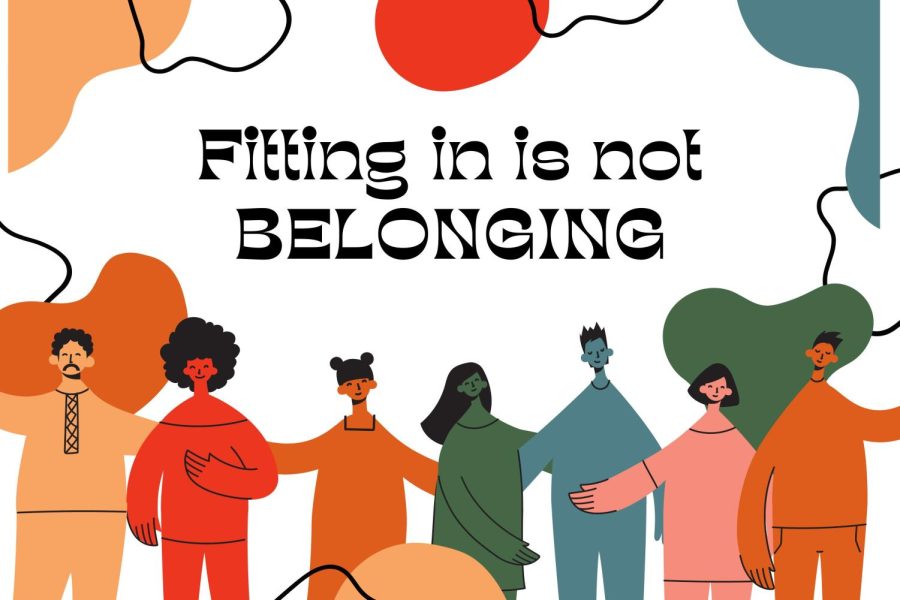During my recent talk on equity in schools and institutions, I had the opportunity to delve into the distinction between belonging and fitting in. This differentiation is crucial in creating an inclusive and supportive environment for all individuals.
Belonging and fitting in are often used interchangeably, but they have distinct meanings. Belonging goes beyond mere presence or conforming to group norms. It fosters a deep sense of community connection, acceptance, and inclusion. When individuals feel like they truly belong, they experience a sense of being valued, understood, and supported for who they are. They can develop meaningful relationships, share common values and goals, and find purpose and fulfillment within that community.
On the other hand, fitting in is more superficial. It entails conforming to the expectations and norms of a group to be accepted. While fitting in may provide a temporary sense of security, it often requires individuals to change or suppress certain aspects of themselves to align with the group’s standards. Fitting in focuses on external validation and approval rather than a genuine sense of connection and acceptance.
In my talk, I emphasized prioritizing belonging over fitting in to create an inclusive school environment. By fostering a sense of belonging, we can ensure that all students, staff, and families feel valued, respected, and supported for their unique identities and experiences. This can be achieved by promoting open dialogue, embracing diversity, and actively listening to the voices of marginalized groups.
One book that explores the concept of belonging is “You Belong: A Call for Connection” by Sebene Selassie. In her book, Selassie delves into the importance of belonging and its impact on our well-being and sense of self. She highlights that true belonging is not about conforming to external expectations but embracing our uniqueness and finding communities where we can be authentic.
By connecting the theory of fitting in vs. belonging to Selassie’s book, we can deepen our understanding of the dynamics of connection and explore ways to foster a sense of belonging within our lives, schools, and institutions. Through fostering belonging, we can create an environment where everyone feels seen, heard, and valued.


Recent Comments